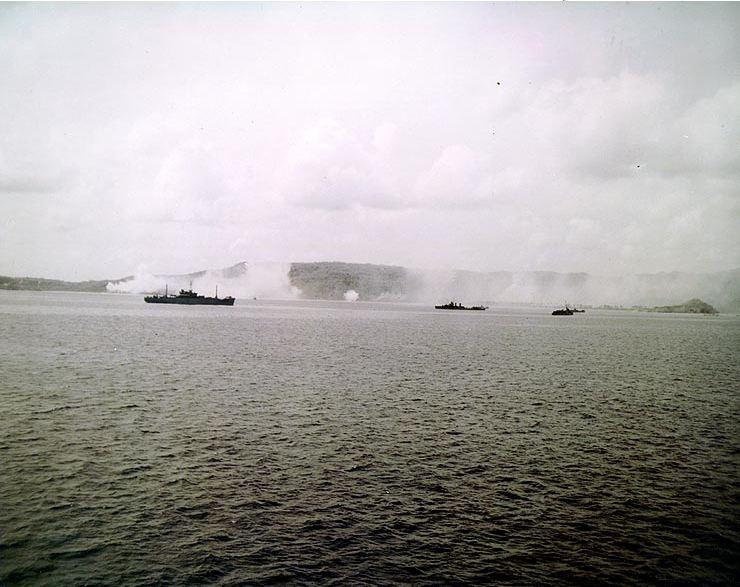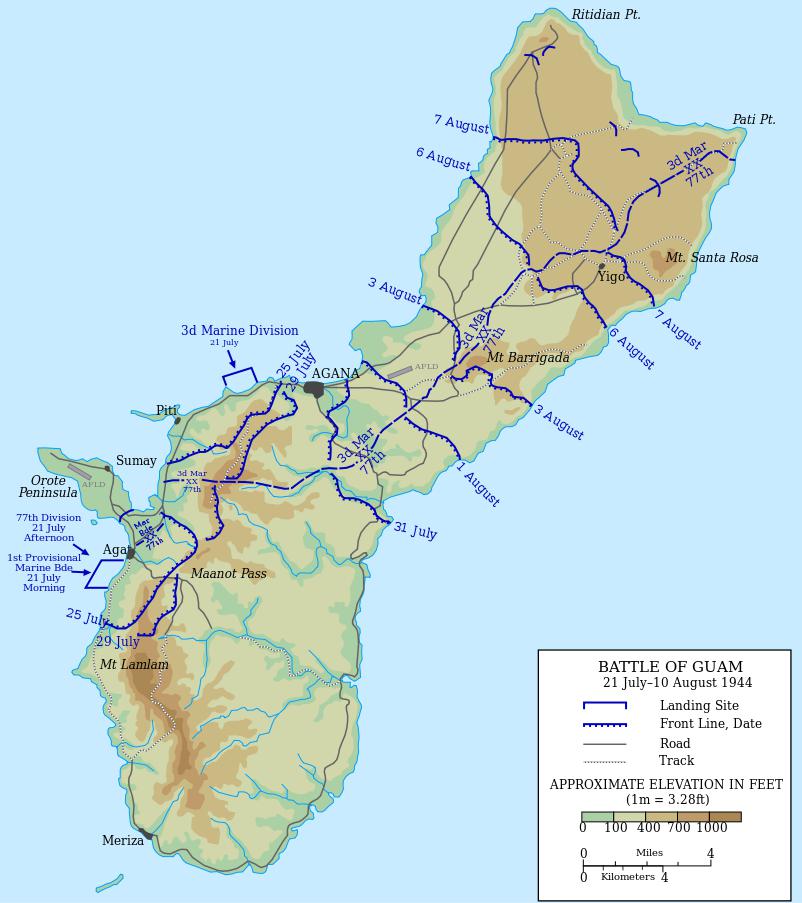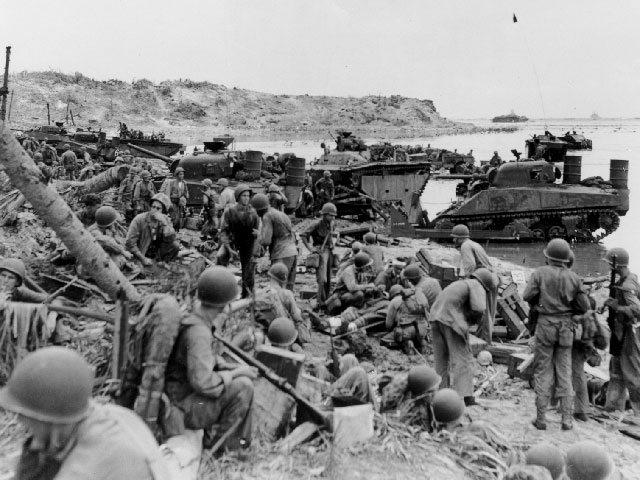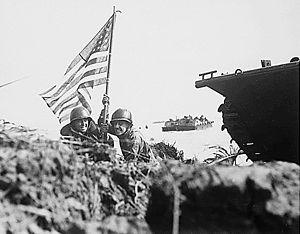
- For PC
- For MAC
- For Linux
- OS: Windows 10 (64 bit)
- Processor: Dual-Core 2.2 GHz
- Memory: 4GB
- Video Card: DirectX 11 level video card: AMD Radeon 77XX / NVIDIA GeForce GTX 660. The minimum supported resolution for the game is 720p.
- Network: Broadband Internet connection
- Hard Drive: 17 GB
- OS: Windows 10/11 (64 bit)
- Processor: Intel Core i5 or Ryzen 5 3600 and better
- Memory: 16 GB and more
- Video Card: DirectX 11 level video card or higher and drivers: Nvidia GeForce 1060 and higher, Radeon RX 570 and higher
- Network: Broadband Internet connection
- Hard Drive: 95 GB
- OS: Mac OS Big Sur 11.0 or newer
- Processor: Core i5, minimum 2.2GHz (Intel Xeon is not supported)
- Memory: 6 GB
- Video Card: Intel Iris Pro 5200 (Mac), or analog from AMD/Nvidia for Mac. Minimum supported resolution for the game is 720p with Metal support.
- Network: Broadband Internet connection
- Hard Drive: 17 GB
- OS: Mac OS Big Sur 11.0 or newer
- Processor: Core i7 (Intel Xeon is not supported)
- Memory: 8 GB
- Video Card: Radeon Vega II or higher with Metal support.
- Network: Broadband Internet connection
- Hard Drive: 95 GB
- OS: Most modern 64bit Linux distributions
- Processor: Dual-Core 2.4 GHz
- Memory: 4 GB
- Video Card: NVIDIA 660 with latest proprietary drivers (not older than 6 months) / similar AMD with latest proprietary drivers (not older than 6 months; the minimum supported resolution for the game is 720p) with Vulkan support.
- Network: Broadband Internet connection
- Hard Drive: 17 GB
- OS: Ubuntu 20.04 64bit
- Processor: Intel Core i7
- Memory: 16 GB
- Video Card: NVIDIA 1060 with latest proprietary drivers (not older than 6 months) / similar AMD (Radeon RX 570) with latest proprietary drivers (not older than 6 months) with Vulkan support.
- Network: Broadband Internet connection
- Hard Drive: 95 GB
H + 90 minutes, W-Day, Guam on Blue Beach
 |
|
Bombardment of Guam on 14 July 1944 before the battle, as seen from the USS New Mexico |
In July 1944 the plan to retake Guam was executed. Heavy bombardment by naval gunfire was used prior to the initial invasion; air cover was provided by carrier borne aircraft from the Marshall Islands to the East of Guam who attempted to achieve air superiority to better safeguard the invasion force. Guam was chosen to be used as a base for future operations aimed towards the Philippines. The battle started on Guam on 14 July 1944 with bombardment by the USS New Mexico. On July 21 the Americans landed, but were faced with many of Mother Nature's obstacles such as reefs, cliffs, and heavy surf.
 |
| Map showing the progress of the Guam campaign |
The first several days were made up of Japanese counter-attacks and were mostly at night using infiltration tactics. Although they did penetrate the American defences on several occasions they were forced back with heavy losses to both men and equipment. Lieutenant General Takeshi Takashina was killed on July 28th and was replaced by Hideyoshi Obata. But the Japanese were exhausted by the continued counter-attacks on the beachheads due to their supplies of food and ammunitions running low; by August they also had only a handful of tanks left. Obata then made plans to withdraw to the south in the mountains of the central part of the Island - he knew that reinforcements would be impossible to get due to the American control of both the sea and air around Guam. His only hope was to delay the inevitable for a few days. Mount Barrigada was the final stand.
The War Thunder Team





